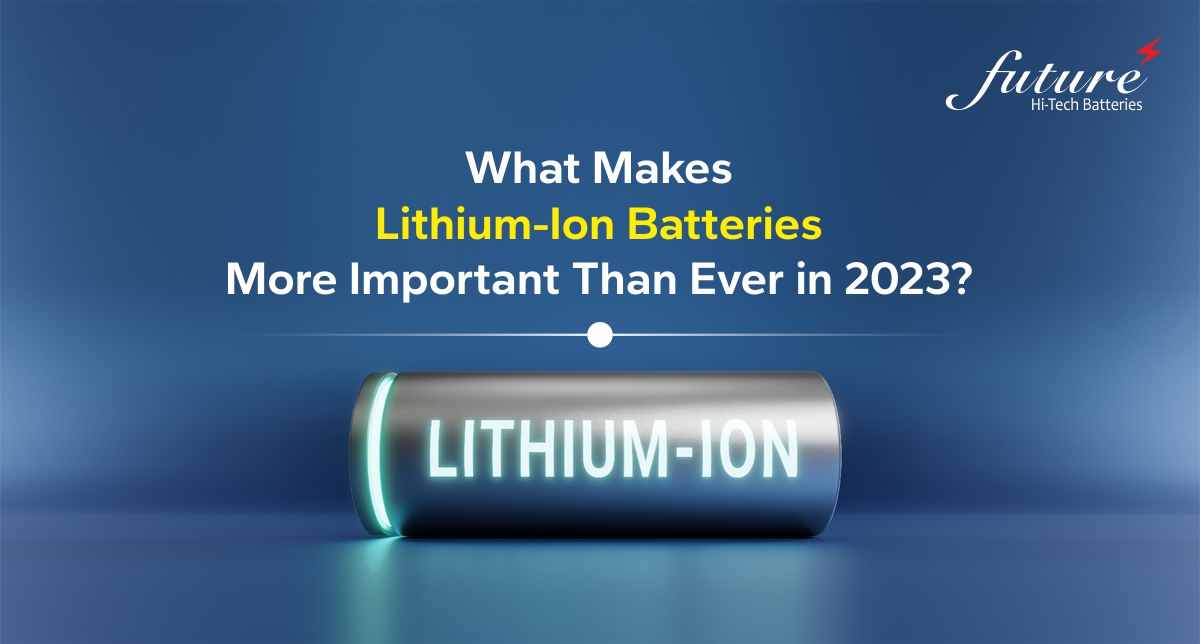In 1985, a research team led by Japanese chemist Akira Yoshino of the Asahi Kasei chemical company built the first lithium-ion battery prototype, a rechargeable and more stable version of the lithium battery. In 1991, a well-known brand Sony and Asahi Kasei began to mass produce the first commercial lithium-ion battery. However, the technology was still in its early days and there were several issues that would be fixed in the upcoming decade.

Lorem ipsum dolor sit amet, nec in adipiscing purus luctus, urna pellentesque fringilla vel, non sed arcu integer, mauris ullamcorper ante ut non torquent.
If we talk about today, Li-ion batteries have become the standard for all modern electronics. It is a resource that is commercially mined and exported to support the global economy.
Advantages to Li-batteries
- High energy density -potential for yet higher capacities.
- They do not need to be primed when new. A single regular charge is sufficient.
- Relatively low self-discharge — self-discharge is less than half that of nickel-based batteries.
- There is no battery memory effect, requiring less maintenance.
- Specialty cells can provide very high currents to applications such as power tools.
Workings behind the Lithium-ion battery
A lithium-ion (Li-ion) battery is an advanced battery technology that uses lithium ions as a key component of its electrochemistry. During a discharge cycle, lithium atoms in the anode are ionized and separated from their electrons. The lithium ions move from the anode and pass through the electrolyte until they reach the cathode, where they recombine with their electrons and electrically neutralize. The lithium ions are small enough to be able to move through a micro-permeable separator between the anode and cathode. In part because of lithium’s small size (third only to hydrogen and helium), Li-ion batteries can have a very high voltage and charge storage per unit mass and unit volume.
Li-ion batteries can use several different materials as electrodes. The most common combination is that of lithium cobalt oxide (cathode) and graphite (anode), which is most found in portable electronic devices such as cell phones and laptops. Other cathode materials include lithium manganese oxide (used in hybrid electric and electric automobiles) and lithium iron phosphate. Li-ion batteries typically use ether (a class of organic compounds) as an electrolyte.
EV sector in India – A fertile ground for investment?
The electric vehicle industry in India is picking pace with 100% FDI possible, new manufacturing hubs, and an increased push to improve charging infrastructure. Federal subsidies and policies favouring deeper discounts for Indian-made electric two-wheelers as well as a boost for localized ACC battery storage production are other growth drivers for the Indian EV industry.
The global automotive industry is undergoing a paradigm shift at present in trying to switch to alternative/less energy-intensive options. India, too, is investing in this electric mobility shift.
The burden of oil imports, rising pollution, Russia-Ukraine war escalating price inflation, as well as international commitments to combat global climate change are key factors motivating India’s policies to speed up the transition to e-mobility on one hand and growing consumer appetite on the other.
Electric vehicle industry in India: Growth targets
The Indian automotive market is slated to be the third largest by 2030 in terms of volume. Catering to a vast domestic market, reliance on the conventional modes of fuel-intensive mobility will not be sustainable. To address this, federal policymakers are developing a mobility option that is “Shared, Connected, and Electric” and have projected an ambitious target of achieving 100 percent electrification by 2030.
A report by India Energy Storage Alliance (IESA) projects that the Indian EV market will grow at a CAGR of 36 percent till 2026. The EV battery market is also projected to grow at a CAGR of 30 percent during the same period. Meanwhile, India’s EV market is estimated to grow at 49 percent CAGR in the 2022-2030 period in a business-as-usual scenario as per the IESA report. Overall, by 2030, the EV industry is set to create 10 million direct jobs and 50 million indirect jobs (IVCA-EY-Induslaw report). India is also witnessing the rise of a sizeable EV financing market, with Niti Aayog projecting it to be worth US$50 billion by 2030.
Existing EV Ecosystem in India and investment outlook
Regardless of the country’s ambitious targets, India’s EV space is at a nascent stage. However, looking at it differently – India offers the world’s largest untapped market, especially in the two-wheeler segment. 100 percent foreign direct investment is allowed in this sector under the automatic route.
The federal government is also prioritizing the shift towards clean mobility, and recent moves to amend the Faster Adoption and Manufacturing of Hybrid and Electric Vehicles in India (FAME) II scheme to make electric two-wheelers more affordable, is a case in point.
On September 15, 2021, the government approved a PLI Scheme for the automobile and drone industry, which intends to incentivize high-value advanced automotive technology vehicles and products, including ‘green automotive manufacturing’ (see Cabinet press release here).
The PLI Scheme for the auto sector is open to existing automotive companies as well as new investors who are currently not in the automobile or auto component manufacturing business. The scheme has two components:
Champion OEM Incentive Scheme: This is a ‘sales value linked’ scheme, applicable to battery electric vehicles, and hydrogen fuel cell vehicles of all segments.
Component Champion Incentive Scheme: This is a ‘sales value linked’ scheme, applicable to advanced automotive technology components of vehicles, completely knocked down (CKD)/ semi knocked down (SKD) kits, vehicle aggregates of 2-wheelers, 3-wheelers, passenger vehicles, commercial vehicles, and tractors etc.
India’s EV sales witness over 2000% surge from 2019 to 2022
Over the previous three years, EV sales have increased by more than 2,218 percent; in FY 2023 (until December 9), over 4,42,901 electric cars have been sold, compared to 19,100 in FY 2020.
Additionally, according to official data, as of December 9, about 64 original equipment manufacturers (OEMs) of EVs have registered, and 7,47,000 EVs had been sold as part of FAME India Phase II. More than half of these EVs are three-wheelers and are used for commercial transportation, with roughly 8,00,000 two-wheelers being used for personal transportation. India now has 5,151 EV charging stations that are in use.










Your Comment Please